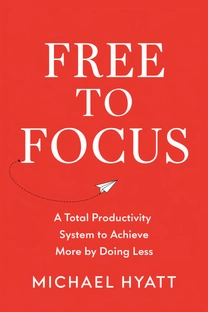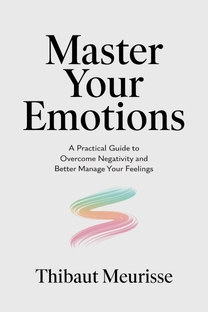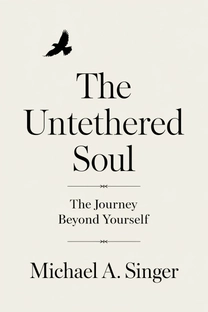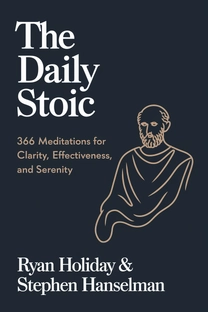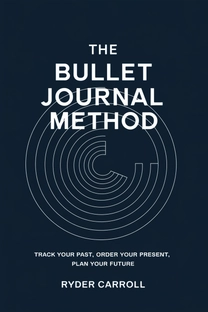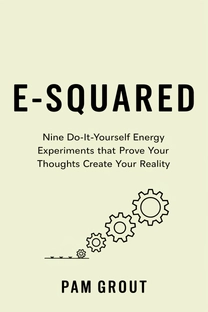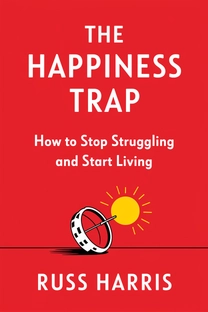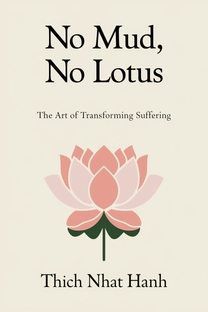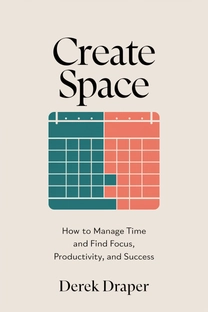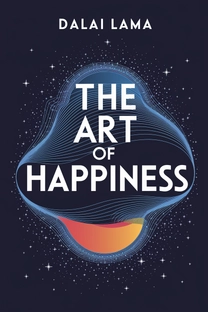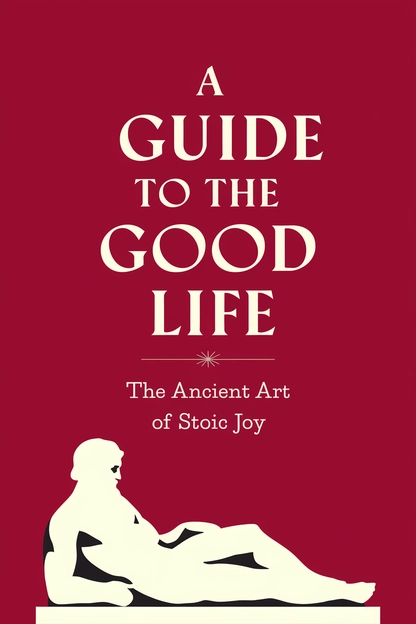
A Guide to the Good Life
The Ancient Art of Stoic Joy
by William B. Irvine
Brief overview
This book explores an accessible approach to ancient Stoicism and shows how its practice can help us live with greater tranquility and resilience. It combines philosophical insights with practical techniques, guiding readers toward a life marked by self-discipline, gratitude, and a clear sense of purpose.
Introduction
People often sail through life without pausing to ask if they are truly living well. William B. Irvine explores a time-tested framework: Stoicism. Rather than offering dry theory, he shows how ancient Stoics confronted everyday problems—such as criticism, fear, and regret—and teaches us how to handle them today.
A Guide to the Good Life opens by revealing how many of us navigate existence without a coherent plan. Irvine believes that a clear philosophy of life helps us focus on what truly matters, so we can avoid regret later on. Stoicism, he argues, is uniquely practical for facing modern anxieties.
In ancient times, philosophers weren’t armchair thinkers; they studied wisdom to improve their daily habits and outlook. Stoics in particular wanted to eliminate destructive emotions and cultivate inner peace. Irvine’s stance is that Stoicism’s insights remain relevant—and surprisingly fitting for the fast-paced rhythm of our current world.
This opening sets the tone for a very down-to-earth philosophy. Stoicism asks: Are you living or just existing? By channeling rational thinking and self-reflection, you break free from endless consumption and pointless worries. The chapters ahead present concrete methods and real-life examples, showing how to build a calmer, more purposeful life.
The Value of a Philosophy of Life
Irvine points out that most people stumble along, adopting whatever the broader culture dictates as success: wealth, status, or fleeting pleasure. He likens this to an unplanned journey, where each action can counteract a previous one. Without a unifying direction, we easily feel hollow or lost.
Ancient philosophers—especially the Stoics—treated philosophy as a master plan for living. They taught their students to define their highest goals and then consider how to achieve them. Each day, they would ask whether their actions aligned with these bigger aims.
A guiding principle is critical. When life throws an emotional storm at us—say, a job loss or a relationship breakdown—our philosophy can serve as an anchor. It reminds us of our core ideals and keeps us from drifting into panic or confusion, protecting us from what Irvine calls “misliving.”
What is A Guide to the Good Life about?
A Guide to the Good Life: The Ancient Art of Stoic Joy examines how classical Stoicism can help modern readers reduce needless worry and cultivate lasting tranquility. William B. Irvine delves into practical ideas such as negative visualization and self-discipline, illustrating how ancient philosophy can steer us away from constant dissatisfaction. By framing each concept in an easy-to-follow style, the book shows that Stoicism is not a relic of the past—it's a timely aid for handling everyday challenges.
With relatable anecdotes and clear explanations, Irvine reveals techniques to keep desires in check, maintain perspective on troubles, and appreciate daily comforts. Rather than issuing abstract theory, he presents clear, real-world strategies so readers can develop self-mastery and find genuine peace within a hectic, consumer-driven environment.
Review of A Guide to the Good Life
Irvine’s work shines due to its blend of historical philosophy and hands-on application. By guiding readers to practice negative visualization or respond calmly to insults, A Guide to the Good Life offers tangible ways to handle life’s bumps. These techniques help build resilience and mindfulness, revealing that less fretting usually results in more fulfillment.
The writing style is inviting and free of jargon, making advanced Stoic concepts easy to digest. People who favor practical self-improvement will find the book relevant, as it outlines how Stoicism fits neatly into hectic schedules. In the end, Irvine makes a persuasive case that dedicating time to these Stoic exercises leads to a calmer, more meaningful life—an outcome worth exploring for anyone seeking lasting mental peace.
Who should read A Guide to the Good Life?
- Professionals seeking mental clarity and work-life balance
- Students looking for a practical philosophy to develop emotional resilience
- Retirees interested in a calmer approach to aging and life transitions
- Self-improvement enthusiasts who favor evidence-based practices
About the author
Book summaries like A Guide to the Good Life
Why readers love Mindleap
10-Minute Book Insights
Get the core ideas from the world's best books in just 10 minutes of reading or listening.
Curated For You
Discover your next favorite book with personalized recommendations based on your interests.
AI Book ExpertNew
Chat with our AI to help find the best book for you and your goals.
Reviews of MindLeap
Love how I can get the key ideas from books in just 15 minutes! Perfect for my busy schedule and helps me decide which books to read in full.
Alex R.
The summaries are incredibly well-written and the audio feature is perfect for my commute. Such a time-saver!
Jessica M.
Great app for personal growth. The insights are clear and actionable, and I love how they capture the essence of each book.
Chris P.
The app is beautifully designed and the summaries are top-notch. Definitely worth every penny!
Sarah K.


